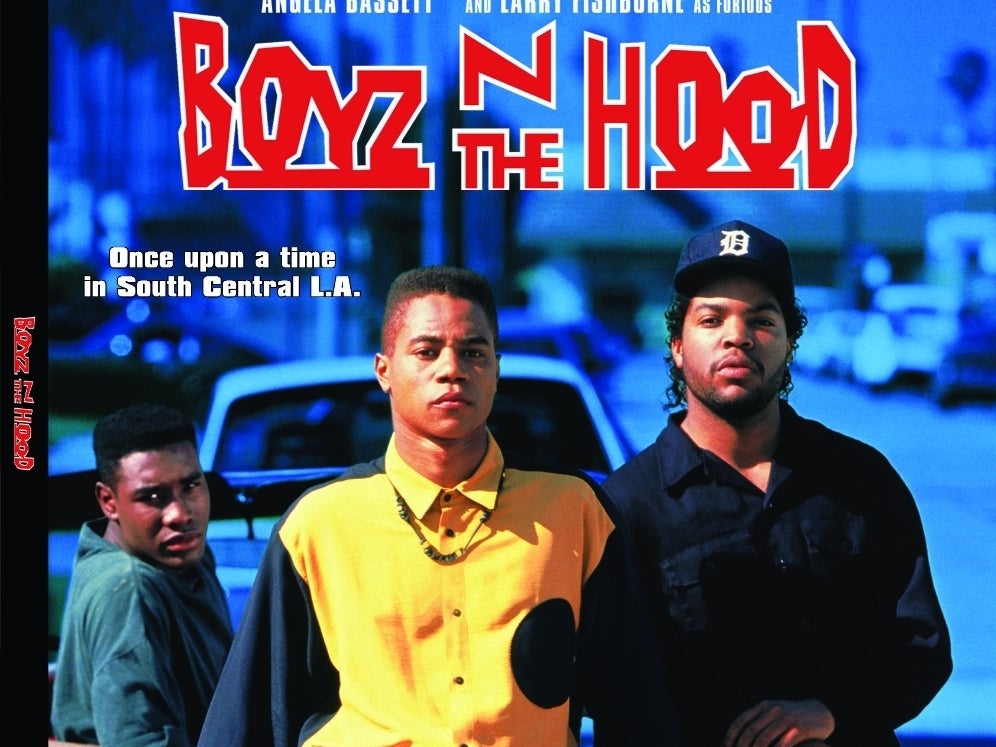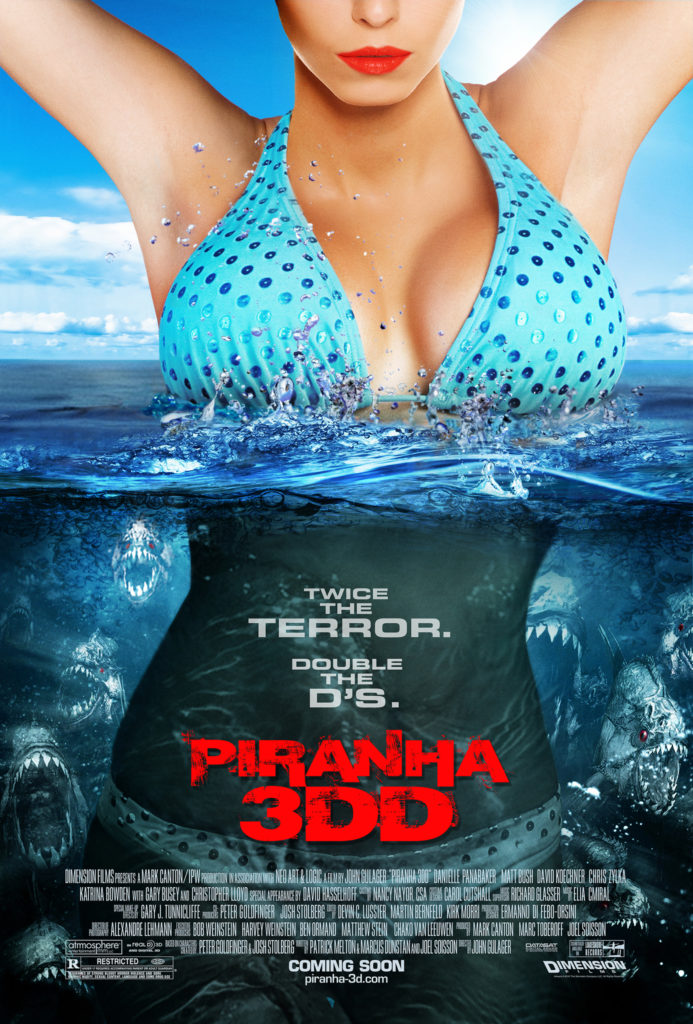To what extent do the films Shaun of the Dead (2004) and Night of the Living Dead (1968) demonstrate how independent zombie horror films have developed over time?
Film comparative: Class


Research question: How are the themes of class struggle depicted in a dystopian setting within Metropolis (Fritz Lang 1927) and Showpiecer (Bong Joon-ho, 2013)?
Both films include core themes of class struggle, allocation of resources, environmental disaster and distribution of wealth.
Showpiecer is a Korean-American co-production and directed by the auteur, Bong Joon-ho who is an influential director in the Korean new wave cinema movement.
Research and reading:
Marx at the movies book: https://www.bloomsbury.com/us/marxist-film-theory-and-fight-club-
Snowpiercer essay: 9781501347290http://epublications.marquette.edu/cgi/viewcontent.cgi?article=1298&context=english_fac
Marxist perspectives: https://issuu.com/ivanradenkovic/docs/understanding-film_-marxist-perspectives—wayne–
Comparative study films – Postcolonialism and class



comparative study
Love Actually – Richard Curtis (2003)
Mujeres al borde de un ataque de nervios – Pedro Almodóvar (1988)
Feminist theory – the role of woman – woman being the focus and in control of the film vs being controlled by men
Narrative theory – screen writing ( representation of woman through dialogue)
Genre theory
Spanish cinema
Comparative essay

To what extent do the films Raging Bull (1980) and Million-Dollar Baby (2004) demonstrate how the boxing sub-genre has evolved over time in its exploration of masculinity and the downfall of a boxer.
Million Dollar Baby 2004 Dir. Clint Eastwood
Raging Bull 1980 Dir. Martin Scorsese
SPOILERS BELOW


Comparative study
Shaun of the Dead and Night of the Living Dead – narrative theory, genre theory, post modernist theory, post colonial theory and no wave
COMPARATIVE STUDY PROGRESS
Comparative study
Strike by Eisenstein and another film i havent chosen yet but i will lol
Post-Colonial and Race-Critical Film

‘Der Golem’ is a German UFA film from the expressionist period, between the two major world wars, and as well as representing a historical setting with racial turmoil, it also reflects the current state of a country in which Anti-Semitic sentiment was reaching a ground swell in a financially crippled Germany. As such, the Golem, culturally at least, represents a form of protection for the Jewish people in what would prove to be one of the hardest centuries in history for them.

On the other hand, there is ‘Malcolm X’, named for and based on the revolutionary figure in the African-American and Muslim-American communities, which rather than harkening to a fantasy of a time separated by hundreds of years, tells the story of a man who only died around thirty years before the film’s release. This shows how current and persistent the societal issues which bred the film’s creation had remained since Malcolm’s time, and on a larger scale, since the Transatlantic Slave trade, and the Colonial era.
Film posters; appealing to the male gaze

This poster is from ‘Pihrana 3D’, or, as it was billed in many places, ‘Pihrana 3DD’. The name, other than challenging my spelling of the word Pihrana, is a cheap pun, befitting of that the entire marketing campaign of the movie was centred on ogling at the female casts’ breasts – the most blatant possible depiction of the male gaze short of complete pornography.
And this film, ‘The Seven Year Itch’, starring the infamous Marilyn Monroe, is notable not only for proudly displaying its exploitation of the female body for money, but for having that very same moment of sexual voyeurism and degradation become one of the most iconic moments of film history. Just from seeing this image, you all immediately know what film this is, because the imagery of Marilyn’s skirt being blown up by the draft is such a persistent bit of imagery, which has been absorbed into the larger modern/postmodern pop culture canon – proving just what a proclivity Hollywood has toward this treatment of women.

